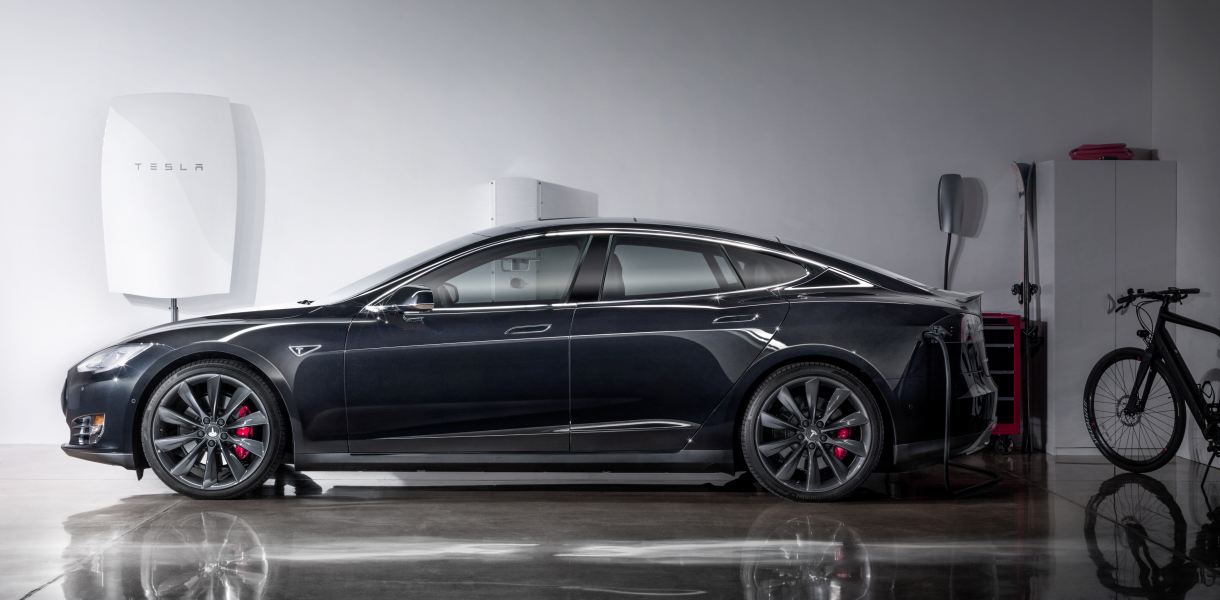The Tesla Powerwall is a rechargeable battery that aims to revolutionise energy generation, smooth out energy consumption and allow users to cut down on their energy bills, as well as their carbon footprint. The solar-powered, lithium-ion batteries will allow owners to store energy generated during the day and use it at night, allowing them to avoid buying electricity from utility providers in the evenings at peak rates. This will lead to increased independence from the power grid, as well as a backup solution in case of a power outage.
Using Tesla's proven automotive battery technology, the complete system consists of a solar panel installed on the roof, a battery to store surplus energy, and an inverter to convert solar power into electricity. It can provide an uninterrupted supply of power in case of an electrical outage, providing solid reliability for those living in remote locations or areas vulnerable to storms. The home batteries – costing approximately US $3,500 – are compact, easy to install, as well as maintain. They can be mounted onto the wall, and like regular batteries can be stacked and used together when a larger power source is needed. According to Tesla CEO and founder Elon Musk, although the Powerwall charges using solar power, it will also be integrated with the grid "to harness excess power and give customers the flexibility to draw energy from their own reserve."
Aside from benefitting households, Musk also believes the Powerwall will aid the development of remote communities. He speculates the batteries will help people in emerging markets or remote locations to 'leapfrog' the need for existing power systems, in a similar way that landlines in rural parts of the world are now obsolete, as mobile phones have become more prevalent.
Facts about the Global Challenge
- One of the biggest global challenges is moving the world's power production to sources of renewable energy. Today, the combustion of fossil fuels to generate electricity is one of the largest single sources of CO2 emissions.
- For many years homes and businesses have been able to generate their own solar power during the day; however, with no way to store excess energy, it remains essential to purchase from the power grid. This means carbon-electricity use remains prevalent in most nations around the world.
- In the past, electricity generally had to be used as it was being generated or converted immediately into another form of energy such as potential, kinetic or chemical. Due to their relatively small capacity and high cost, batteries were previously of limited use in electric power systems. However, in the last decade, newer battery technologies have been developed that now have the capacity to provide significant load-levelling and frequency regulation capabilities.
INDEX: AWARD 2015 WINNER - TESLA POWERWALL (HD) from The Index Project on Vimeo.






